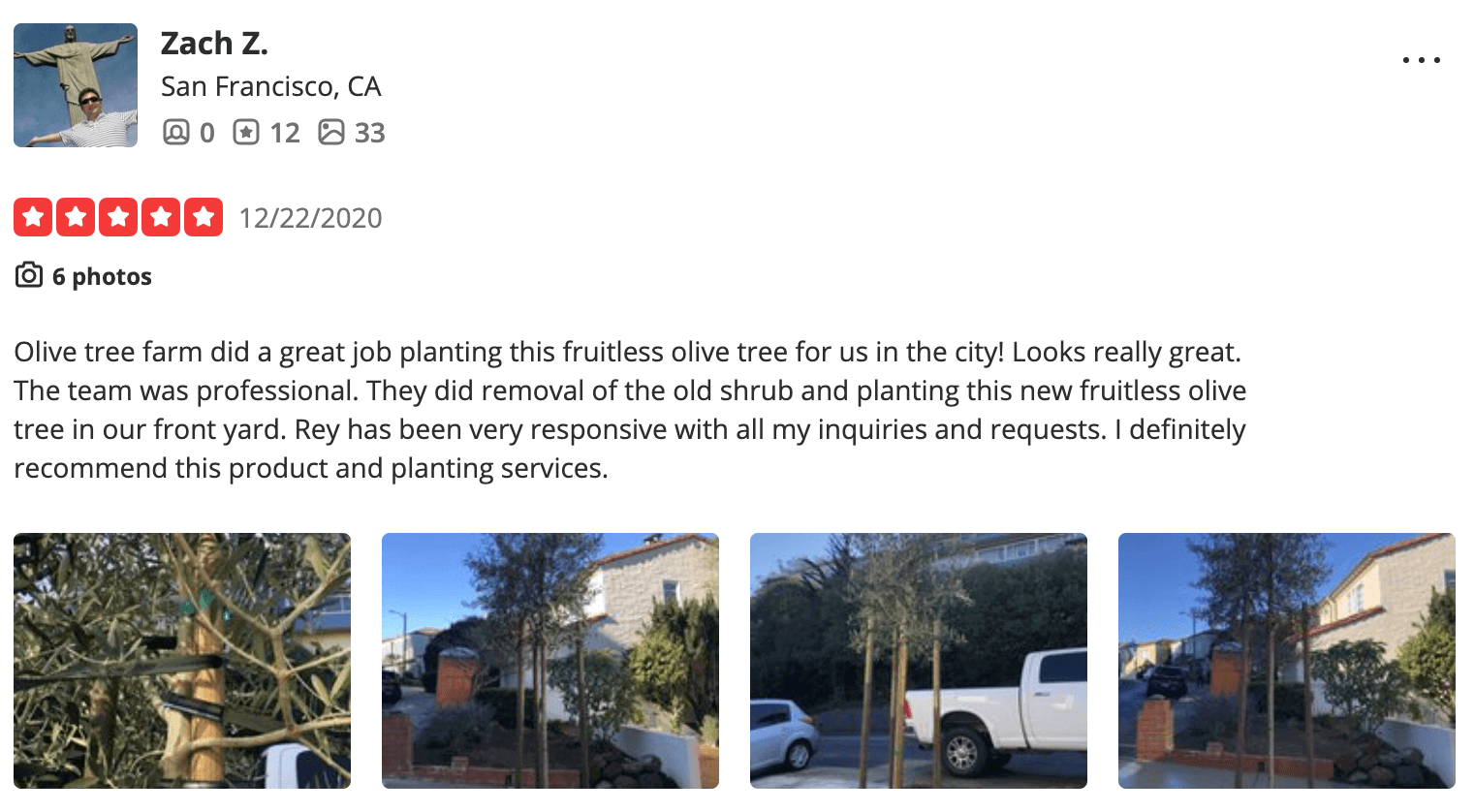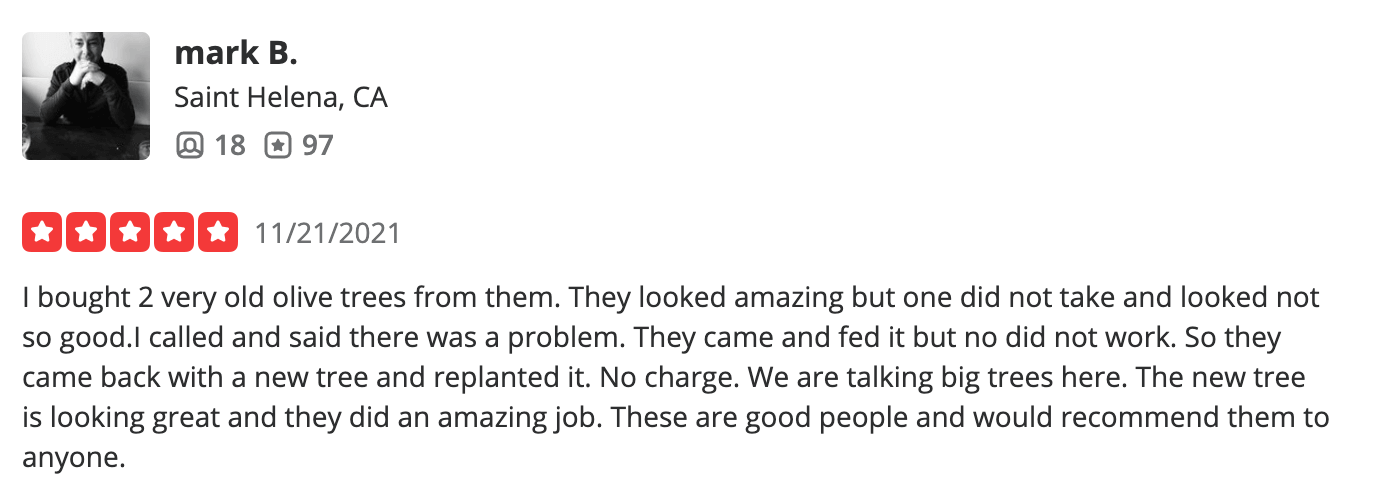Coratina Olive Trees
Coratina olive trees are very adaptable plants that produce abundantly in hot, dry regions and rocky soils. It is a genetically modified olive cultivar with the most significant concentrations of phenolic compounds of all olive cultivars tested. Consequently, the extra-virgin olive oil produced by this plant’s fruit has outstanding oxidation stability. On top of that, it is common to see the Coratina olive tree planted in the form of an inverted conical vase—distinguished by its capacity to produce early and by its tolerance to a variety of soils and temperatures.
- Fruiting Specimen
- Bloom (Spring)
- Moderately Vigorous
- Color (Dark Green)
- Olive Oil (Sweet)
- Commercial Use
Care and Maintenance
Coratina olive trees are exceedingly adaptable and flourish in a wide range of ordinary, well-drained, slightly alkaline soils. However, they produce more fruit when grown close to another olive variety, such as Leccino, Frantoio, or Moraiolo. Water deeply and frequently during the first few growing seasons to help the plant build a strong root system. Once established, reduce the frequency of watering; it is drought-tolerant. However, protect young plants from extreme winter weather.
| Quick Facts | |
| Origin | Apulia Puglia, Italy |
| Scientific Name | Olea Europaea ‘Coratina’ |
| Family | Oleaceae |
| Tree Type | Fruiting Specimen |
|
Common Names |
Olive Tree to Grappoli, Racema, Racemo Di Corato, Coratese, Racioppa, Olive Tree to Confetti, Oliveto Racemi, Olive Tree to Raciuoppe, Olive Tree to Racimolo, Cima Di Corato, La Valente, Racemo and Racioppa Di Corato. |
| Height | (Insert) |
| Toxicity | Non Toxic |
| Light | Full Sun |
| Watering | Drought-Tolerant |
| Soil | Well-Drained-Nutrient Poor Soil |
| Hardiness | Hardy Down 20 to 30 °F |
| Foliage | Dark Green |
| Growth | Moderately Vigorous |
| Olive Oil | Sweet |
Don’t Take Our Word, Hear What Our Customers Say!



Interested? We’d love to hear from you!
Call us at 707-732-6152 for a free consultation!
Looking for something else? We might have it for you...
Arbequina Olive Trees
Arbosana Olive Trees
Ascolana Tenera Olive Trees
Cerignola Olive Trees
Coratina Olive Trees
Itrana Olive Trees Kalamata Olive Trees
Koroneiki Olive Trees
Leccino Olive Trees
Little Ollie Dwarf Olive Trees
Majestic Beauty Olive Trees
Manzanillo Olive Tree
Maurino Olive Tree Mission Olive Tree
Pendolino Olive Trees
Picholine Du Gard Olive Trees
Picual Olive Trees
Sevillano Olive Trees
Swan Hill Olive Trees
Wilsonii Olive Trees
Zitoun Olive Trees